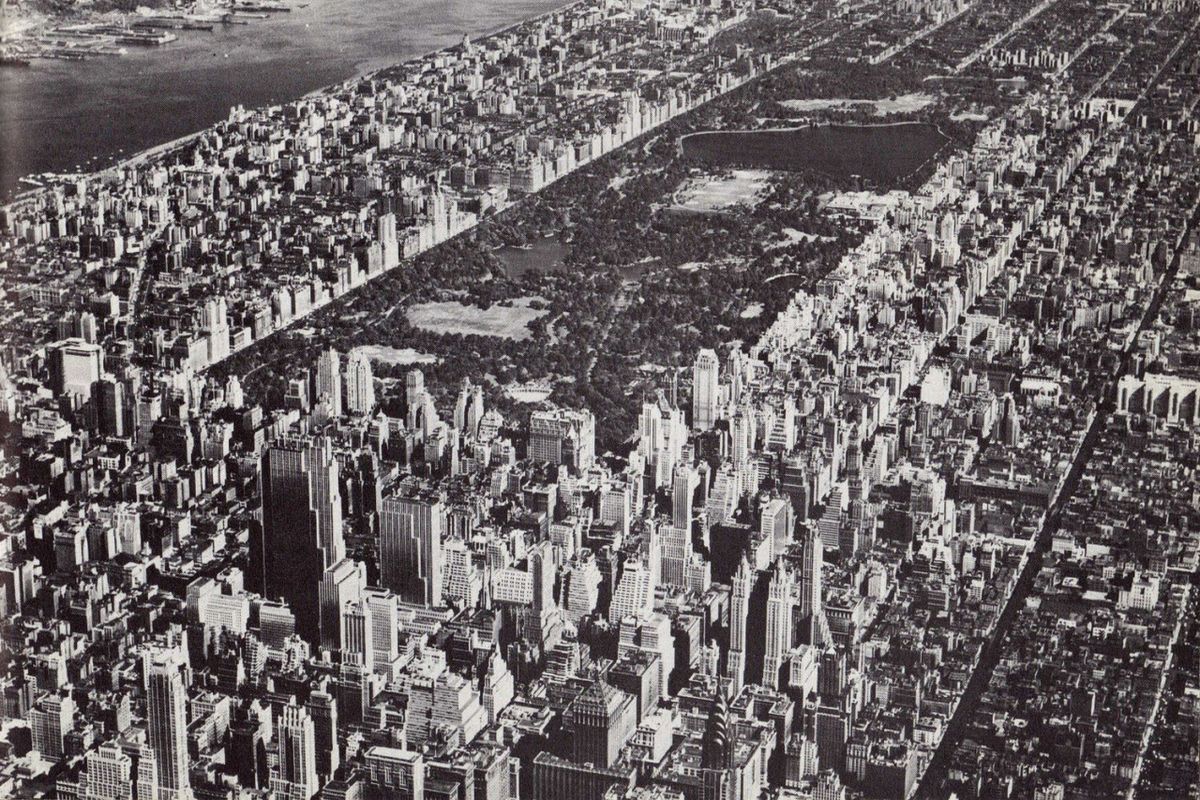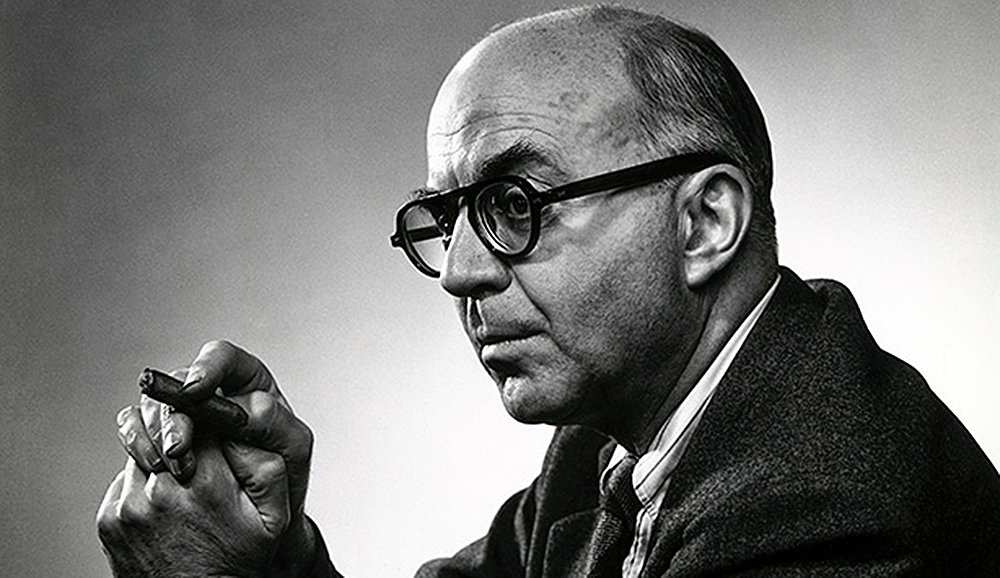Take a photo of a barcode or cover
I really enjoyed this book. It is a wonderful journey through early 20th Century history through the lives of interesting characters.
There are very few reasons for me to have enjoyed this book, but I absolutely loved it. Quirky approach by introducing a number of characters individually, only to seemingly abandon them to work with the others. Interrupt the whole affair with "news reels" from the time that corresponds with the story, plug in a few odd snippets of what could be lost short stories, and pick up the individual characters and weave them together in bits and pieces. What today would be looked at as a gadget novel works so well because of the time it was written in, and the time it was written about. The individual character stories are simultaneously heartbreaking and uplifting and everything in between.
It shouldn't have to be said, but the time the book was written about, as well as the class of characters and circumstances they find themselves in, and the company they keep, bring about the standard fare of racial epithets for seemingly every group imaginable, every color of the human rainbow. I offer this because it's always a reason some readers choose to downvote an otherwise excellent novel. "Of its time" shouldn't have to be footstomped, but it seems to be a requirement these days.
Great book. I look forward to reading the rest of the trilogy.
It shouldn't have to be said, but the time the book was written about, as well as the class of characters and circumstances they find themselves in, and the company they keep, bring about the standard fare of racial epithets for seemingly every group imaginable, every color of the human rainbow. I offer this because it's always a reason some readers choose to downvote an otherwise excellent novel. "Of its time" shouldn't have to be footstomped, but it seems to be a requirement these days.
Great book. I look forward to reading the rest of the trilogy.
adventurous
dark
informative
medium-paced
Not much of a plot (none, really), but it is good at presenting the tenor and mood of the times, from the turn of the 20th century to the First World War, a significant turning point in American society, and one I'd like to know more about. I plan to read the next book in the trilogy (1919) soon.
A vivid portrait of America in the early 1900s. Through the stories of 5-6 main characters who intersect we travel all over the US and Mexico in the midst of the turmoil back then, the start of WWI, the Wobbilies, etc. A number of good stories interspersed with news headlines, "Camera eye" clips and biographies of important figures like Follett, Edison, etc.
I'm not sure that the essences of each individual novel are worth anything, but rather, the "novel" as a whole, by that I mean, as a trilogy. My review of the trilogy is here.




I had really wanted to like the book. The story parts were decent, but the interludes (which were a good portion of the book) seemed random and disjointed.
This is already one of the most affecting books I've read in years. It's beautifully conceived, wonderfully written. I never wanted it to end. I can't wait to read the rest of the trilogy.
"The 42nd Parallel" is the first book of John Dos Passos's USA Trilogy, which also includes "1919" and "The Big Money." Collectively, the books span the first three decades of the Twentieth Century in the United States. "The 42nd Parallel" covers roughly the late 1890's through the US entrance into the First World War as seen through snippets from headlines, newsreels, a stream-of-conscious narrator in a repeated section headed "The Camera Eye," and the lives of five characters from humble beginnings.
The book has no tight plotline, although many of the characters' lives intersect at one point or another. The story is the historic times and the places the characters inhabit, and the effect of those circumstances on their prospects. As a reader I didn't find much insight into the thought processes of the characters, beyond the idea that they were all working to get ahead in one way or another, and depending upon the detail of their inner vision, that might help them get to the board room or to the next town down the railroad line. Dos Passos's language is colorful and reflective of early 20th Century speech in both rural and urban dialects, including the prejudices, and the atmospheric details often put the story squarely in its times. All of the characters, in one way or another, have an involvement or awareness of the labor movement and of socialist organizations, although the book ultimately has an ambiguous statement about its success, as the last vignette ends with the character Charley escaping from a labor riot in order to head for the war as part of an ambulance brigade.
Dos Passos's style represents a break from strictly narrative writing, and his use of stream-of-conscious and the fragments (not even complete thoughts) from news stories helps the reader to experience the cacophony of new ideas and the swirling emotions of revolution and the confusion of these characters as they struggle to find their way in a world that's in the process of changing and becoming faster, more mobile, more foreign, and strangely isolating.
The book has no tight plotline, although many of the characters' lives intersect at one point or another. The story is the historic times and the places the characters inhabit, and the effect of those circumstances on their prospects. As a reader I didn't find much insight into the thought processes of the characters, beyond the idea that they were all working to get ahead in one way or another, and depending upon the detail of their inner vision, that might help them get to the board room or to the next town down the railroad line. Dos Passos's language is colorful and reflective of early 20th Century speech in both rural and urban dialects, including the prejudices, and the atmospheric details often put the story squarely in its times. All of the characters, in one way or another, have an involvement or awareness of the labor movement and of socialist organizations, although the book ultimately has an ambiguous statement about its success, as the last vignette ends with the character Charley escaping from a labor riot in order to head for the war as part of an ambulance brigade.
Dos Passos's style represents a break from strictly narrative writing, and his use of stream-of-conscious and the fragments (not even complete thoughts) from news stories helps the reader to experience the cacophony of new ideas and the swirling emotions of revolution and the confusion of these characters as they struggle to find their way in a world that's in the process of changing and becoming faster, more mobile, more foreign, and strangely isolating.
It took three or four attempts to fully immerse myself in this, the first volume of Dos Passos’s magisterial three-volume novel USA. Mostly that’s down to its structure, which can throw a reader out of the book if they don’t have a certain quality of attention to give it: each vignette of a main character’s life is bookended by sections entitled “Newsreel” and “The Camera Eye”, the former consisting of unpunctuated and decontextualised snippets from actual newspapers from the years in question (roughly, 1900-1918), the latter a stream-of-consciousness account that seems autobiographical. There are also potted biographies of American luminaries written almost in free verse. The “Newsreel” sections are a nice way of zooming out to pick up on both the momentous events of the day (the sinking of the Lusitania, the Mexican Revolution) and the daft human-interest stories that will never cease to provide filler for news organisations. The biographies and “The Camera Eye” have a kind of breathless, self-interrupting affect that reminded me strongly of the way monologues mark the passage of time in Stefano Massini’s The Lehman Trilogy (2013)—I’d love to know if Dos Passos was a conscious influence there—but “The Camera Eye” segments strike me as an unnecessary indulgence: they’re far less interesting than the lives of the five characters we follow.
Typesetter and social radical Mac, stenographer Janey, PR man J. Ward Moorhouse, interior designer Eleanor, and mechanic-turned-soldier Charley don’t all know each other, but some flit in and out of each other’s lives. The America we see through their eyes—a country riven by labour disputes and xenophobia but also readily traversible without a car, where a man (the gendered noun is crucial; women couldn’t do this in this way) who didn’t mind some mild discomfort could pick up sticks and get on a train to a new town and simply walk around asking for a job and actually get one and then move on without too much trouble if he can’t pay the rent or gets a girl pregnant—is, certainly, a historical artifact, but The 42nd Parallel also breathes life and motion into an era that is often assumed to have been a stagnant time, post-Gilded Age but pre-WWI. I ended up really enjoying it; it’s a shame Dos Passos is unavailable in Britain, so I’ll need to wait until our next visit to the US to acquire 1919 and The Big Money.
Typesetter and social radical Mac, stenographer Janey, PR man J. Ward Moorhouse, interior designer Eleanor, and mechanic-turned-soldier Charley don’t all know each other, but some flit in and out of each other’s lives. The America we see through their eyes—a country riven by labour disputes and xenophobia but also readily traversible without a car, where a man (the gendered noun is crucial; women couldn’t do this in this way) who didn’t mind some mild discomfort could pick up sticks and get on a train to a new town and simply walk around asking for a job and actually get one and then move on without too much trouble if he can’t pay the rent or gets a girl pregnant—is, certainly, a historical artifact, but The 42nd Parallel also breathes life and motion into an era that is often assumed to have been a stagnant time, post-Gilded Age but pre-WWI. I ended up really enjoying it; it’s a shame Dos Passos is unavailable in Britain, so I’ll need to wait until our next visit to the US to acquire 1919 and The Big Money.


